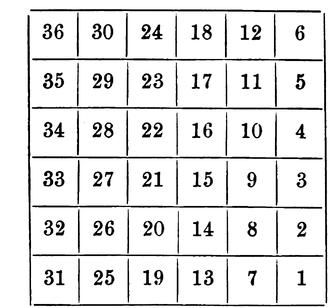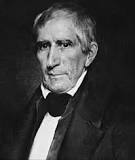Congress separated Ohio from the Northwest Territory in 1800. The remainder of the Northwest Territory then became Indiana Territory.
1801 Harrison Governor of Indiana Territory
1801 William Henry Harrison became governor of the Indiana Territory and served 12 years in that position. His desire was to empty the lands of native Americans and push them to the west side of the Mississippi River.
Harrison was later the 9th president of the United States.
1788 Administration of the Northwest Territory Begins
Governor Arthur St. Clair arrived within the Northwest Territory at Marietta, Ohio to begin administration of civil duties within the territory. St. Clair formally established the territorial government on July 15, 1788. The settlement of Losantiville was renamed by St. Clair to “Cincinnati” in 1790 and he moved the administrative and military center of the territory to Fort Washington.
Fort Washington was in downtown Cincinnati, providing easy access to the Ohio River. The Fort was the major staging area for settlers, troops and supplies during the settlement of the Northwest Territory.
The first written criminal and civil laws of the Northwest Territory were established. Thirty-seven different laws were written with the understanding that the laws had to have been passed previously in one of the thirteen original states. A structured court system was established.
Many early trips west began in Marietta or Cincinnati. The first part of Indiana to be settled was in the south and southwest, along the rivers.
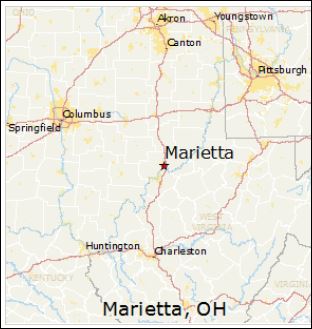
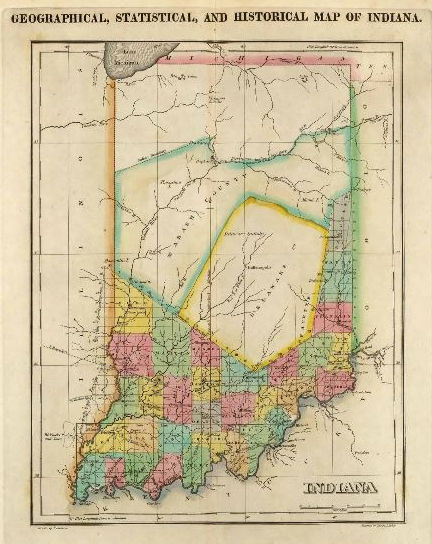
The settlement of Indiana happened primarily from the rivers. The south and southwestern parts of Indiana were divided into counties first. Fort Vincennes was established by the French between 1731-1732. The Fort was later was occupied by the British who called it Sackville before it became a possession of the U.S.
Vincennes was used to muster soldiers to fight in the Battle of Tippecanoe in 1811. The soldiers marched along the Wabash to near the confluence of the Tippecanoe and Wabash Rivers. The area is known today as Battle Ground, Indiana. It was there that General William Henry Harrison met the confederacy of tribes led by Tenskwatawa, “The Prophet” for battle. Tenskwatawa was the brother of the great Shawnee warrior, Tecumseh, who was not at the battle.
Vincennes was the first capital of Indiana Territory until it was moved to Corydon on May 1, 1813.
1787 Northwest Territory Established
The Northwest Territory was established by the Northwest Ordinance on lands that that later became Indiana, Ohio, Illinois, Michigan, Wisconsin and part of Minnesota. The territory marked the the nation’s first post-colonial organized territory. The territory ceased to exist on March 1, 1803 when other territories were made from the land it contained.
At first, the land in the Territory was absorbed first into Indiana Territory and Ohio. Indiana territory was much larger than the state of Indiana today. Indiana Territory existed from July 4, 1800, to December 11, 1816, ending when Indiana became a state.
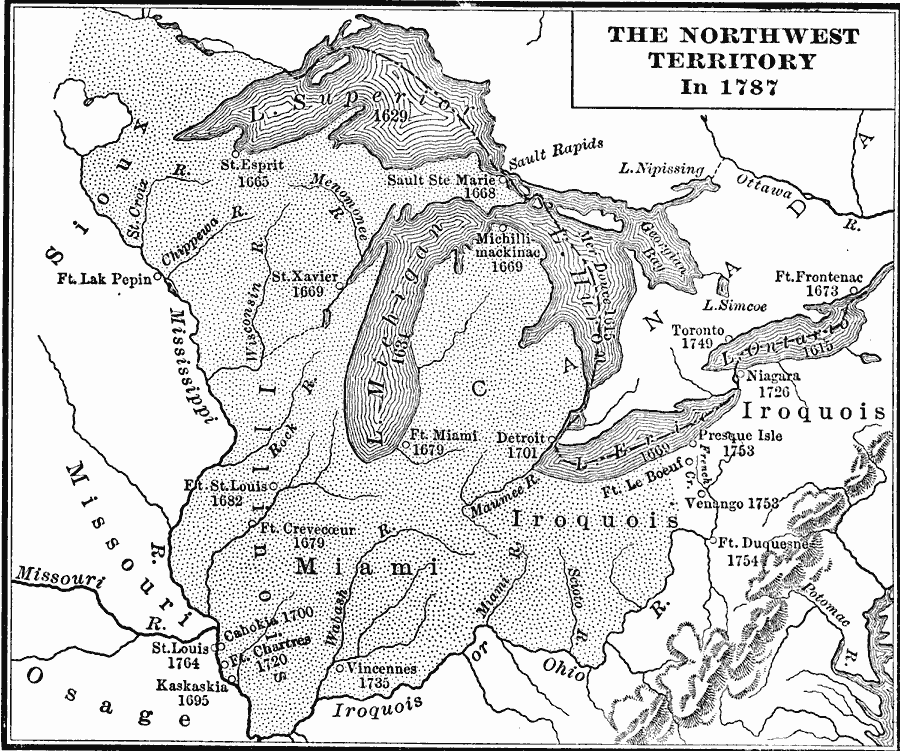
Book: Charles Kendall Adams, A History of the United States (Boston, MA: Allyn and Bacon, 1909) pg 189; Map Credit: Courtesy the private collection of Roy Winkelman
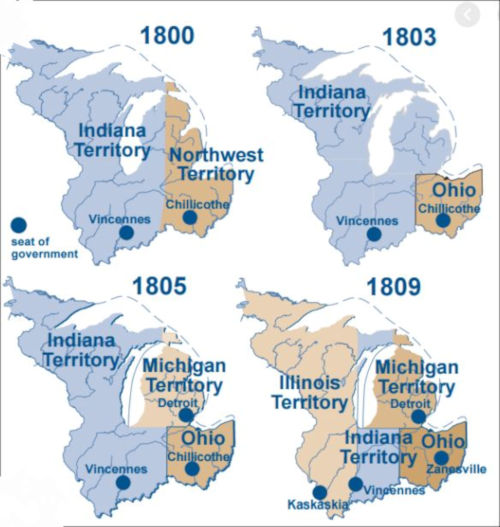
Map Courtesy of: Indiana History Blog, (blog.history.in.gov)
1785 Land Ordinance-First Survey and Sale of Land
The Land Ordinance of 1785 was passed on May 20, 1785. It provided for the surveying of the Northwest Territory and Indiana Territory were the first to be surveyed under the new rectangular survey method.
The land was systematically surveyed into square townships, 6 mi (9.7 km) on a side, each divided into thirty-six sections of 1 sq mi (2.6 km2) or 640 acres (260 ha). These sections could then be subdivided for re-sale by settlers and land speculators.
It set up a standardized system whereby settlers could purchase title to land through land offices after the survey was complete. The location of the land was precise. In Central Indiana, that “open” land was called the “New Purchase”.
Because there was no method for Congress to raise revenue by direct taxation at this time, land purchased and won from the Native Americans provided an important revenue stream.
